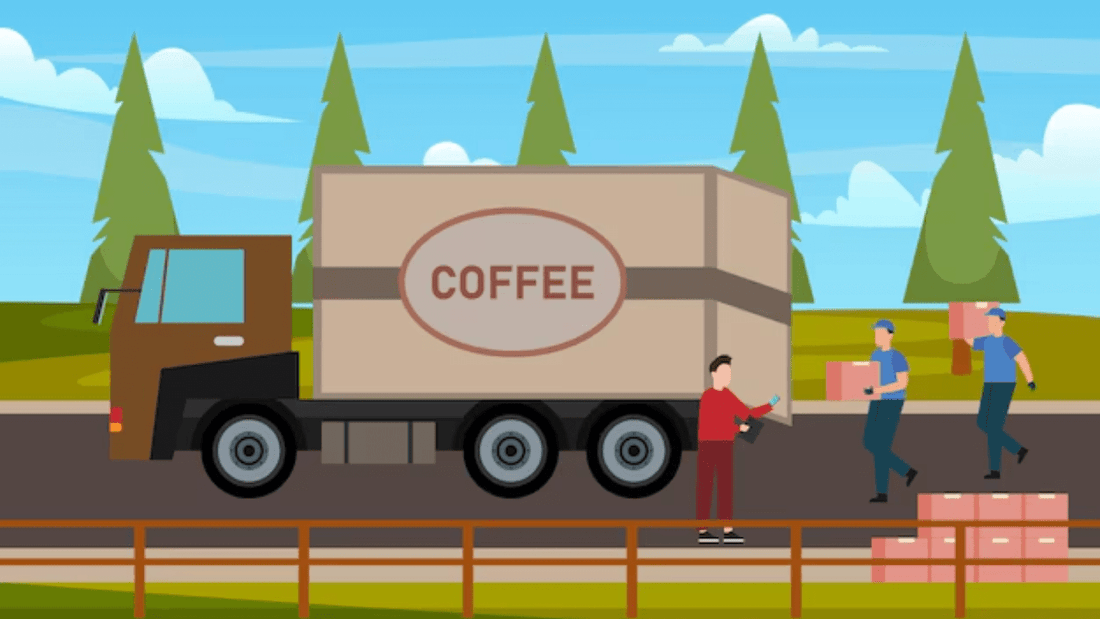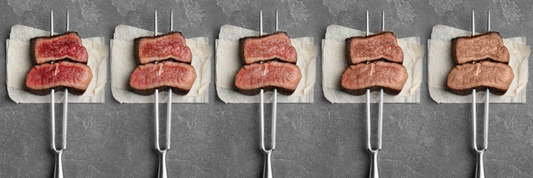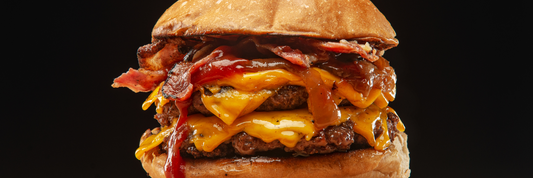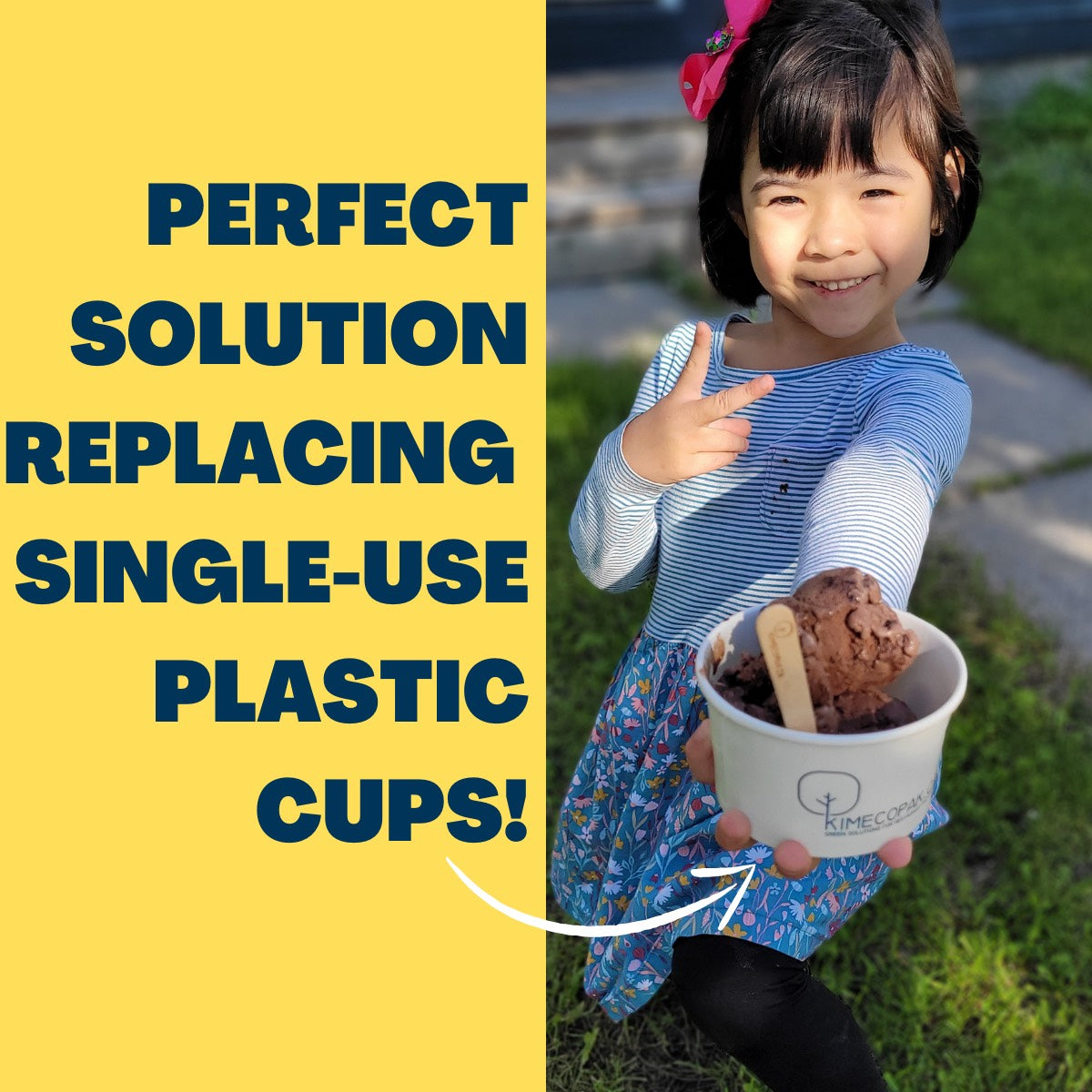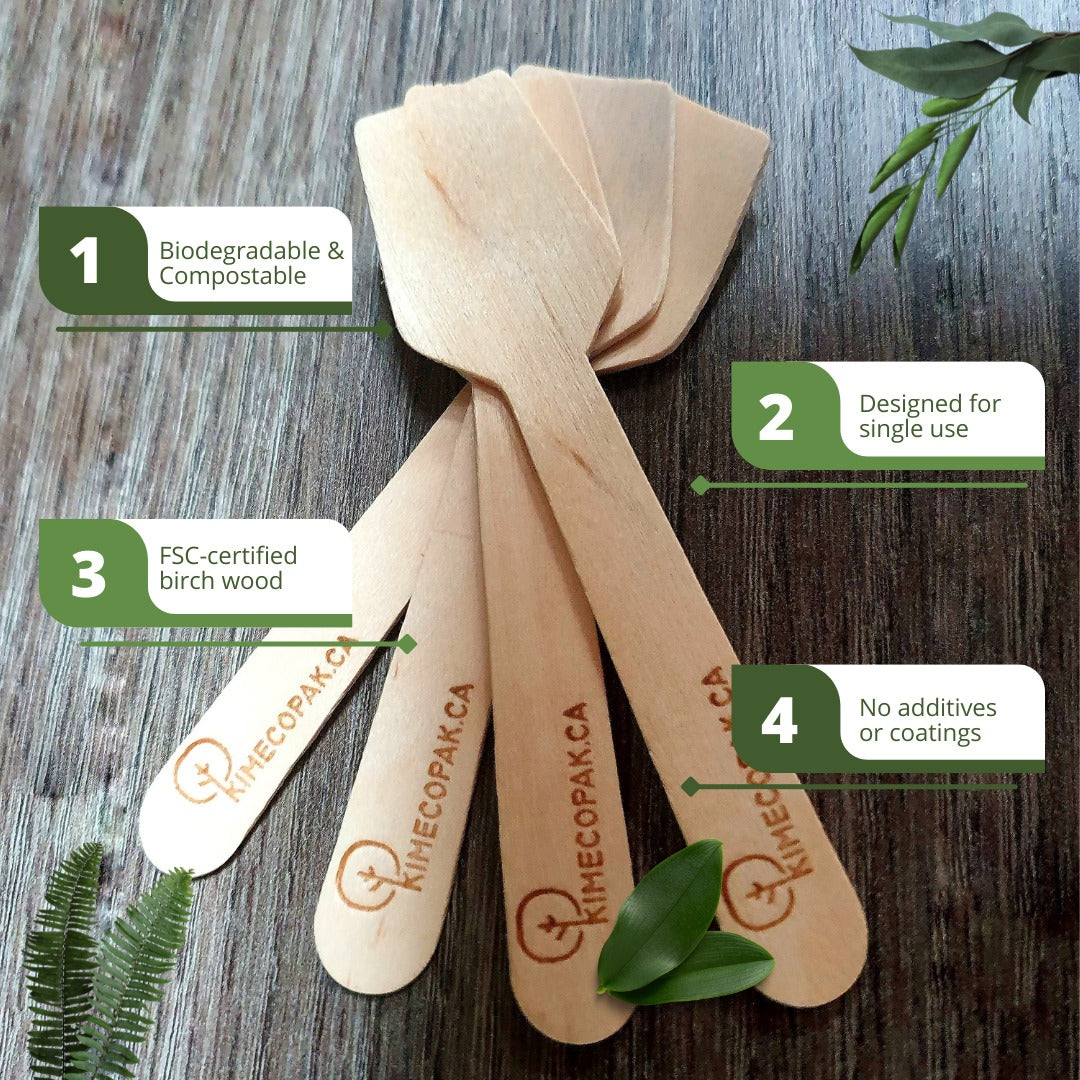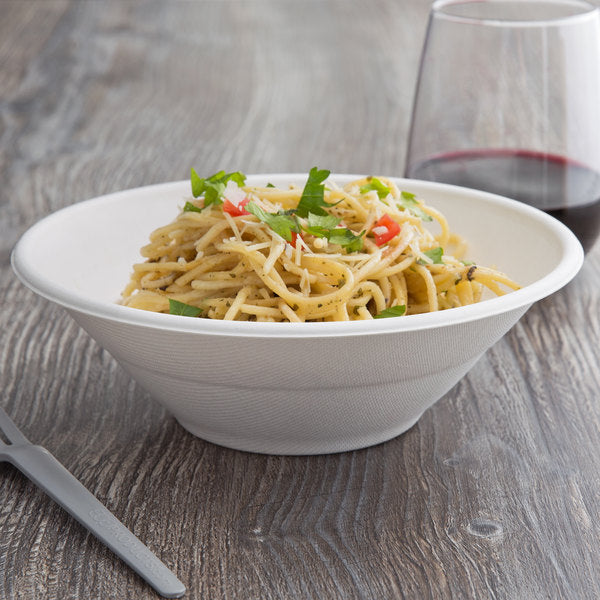Transporting coffee from its country of origin to markets around the world is a complex process that involves careful consideration of logistics, costs, and quality preservation. Two primary modes of transportation for coffee are by sea and by air. Each method has its advantages and disadvantages, affecting the final product and the overall supply chain. This article explores how is coffee transported, and the pros and cons of coffee transportation by sea and air.
Challenges When Transporting Coffee
Coffee is sensitive to its surroundings like all organic items. Light, moisture, oxygen, or heat can affect coffee quality. So, it's significant to ensure that when coffee is in transit, it’s protected from any external factors. If coffee can't survive the journey from farm to roaster, or roaster to consumer, then all the hard work that goes into producing coffee will have been wasted.
Preventing green coffee from exposure to moisture, which can lead to mold and pest infestations. Coffee must be transported in conditions of no more than 60% humidity.
The impact of temperature fluctuations is another challenge when transporting coffee. Similar to when coffee is moved in and out of a refrigerator, changes in temperatures during transit can lead to the buildup of condensation within the coffee bags. This causes moisture content to rise, resulting in a loss of flavor and aroma.

How is coffee transported to ensure its quality? Let's read section below!
How is Coffee Transported?
Coffee Transportation by Sea
Pros
- Cost-Effective:
- Economies of Scale: Sea freight is significantly cheaper than air freight, especially for large volumes. Shipping containers can carry large quantities of coffee, reducing the per-unit transportation cost.
- Lower Fuel Costs: Ships, though slower, are more fuel-efficient per ton of cargo compared to airplanes, contributing to lower overall shipping expenses.
- Environmental Impact:
- Lower Carbon Footprint: Sea transportation generally has a smaller carbon footprint per ton of cargo compared to air transport, making it a more environmentally friendly option.
- Bulk Transportation:
- Large Shipments: Sea freight is ideal for transporting bulk quantities of coffee, making it suitable for major distributors and large-scale buyers.

Cons
- Long Transit Times:
- Extended Duration: Shipping by sea can take several weeks to months, depending on the origin and destination. This long transit time can delay the arrival of fresh coffee beans to markets.
- Quality Control Issues:
- Exposure to Elements: Coffee beans transported by sea are at risk of exposure to moisture, temperature fluctuations, and pests. These factors can affect the quality and freshness of the coffee.
- Handling and Storage: Multiple handling stages and storage conditions at ports can introduce risks of contamination or degradation.
- Port Delays:
- Congestion and Bureaucracy: Delays at ports due to congestion, customs clearance, and bureaucratic procedures can further prolong the delivery time and affect the supply chain.
Coffee Transportation by Air
Pros
- Speed:
- Fast Delivery: Air transport is significantly faster, often delivering coffee beans within days. This quick transit time helps preserve the freshness and quality of the beans, especially for premium and specialty coffees.
- Quality Preservation:
- Controlled Environment: Air freight typically involves less handling and shorter exposure to potentially damaging environmental conditions, reducing the risk of quality degradation.
- Reduced Transit Risk: With less time in transit, the beans are less likely to be affected by moisture, pests, or temperature variations.
- Reliability:
- Predictable Schedules: Air cargo flights operate on more reliable schedules compared to shipping lines, offering more predictable delivery times and reducing the risk of supply chain disruptions.
Cons
- High Costs:
- Expensive Freight Rates: Air transportation is considerably more expensive than sea freight, making it less feasible for bulk shipments and increasing the overall cost of the coffee.
- Limited Capacity: Airplanes have limited cargo space compared to ships, which can constrain the volume of coffee that can be transported at once.
- Environmental Impact:
- Higher Carbon Footprint: Air transport has a significantly higher carbon footprint per ton of cargo compared to sea transport, contributing more to environmental pollution and climate change.
- Logistical Constraints:
- Airport Proximity: Air transportation requires proximity to major airports, which may not always be convenient for coffee producers located in remote or rural areas.
- Handling Sensitivity: Despite fewer handling stages, the impact of any mishandling during air transport can be more pronounced due to the higher value of air-shipped goods.
Both sea and air transportation have their respective advantages and disadvantages when it comes to shipping coffee. Sea transportation is cost-effective and environmentally friendlier for bulk shipments but is slower and poses greater risks to coffee quality. Air transportation offers speed, reliability, and better quality preservation but at a higher cost and environmental impact.
Conclusion
Choosing the appropriate method depends on various factors, including the volume of coffee, the required delivery time, the importance of preserving freshness and quality, and budget constraints. Often, a combination of both methods may be employed to balance cost, efficiency, and quality, ensuring that coffee reaches consumers in the best possible condition.
Related Articles:

